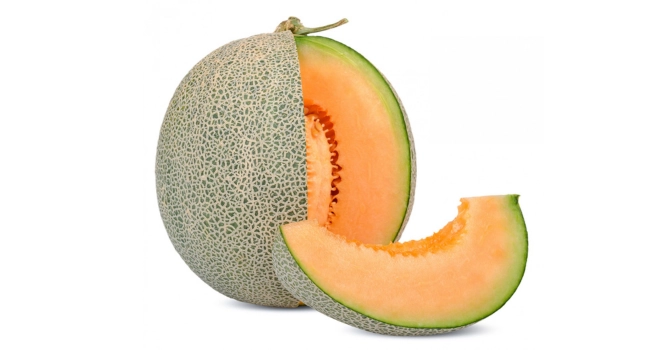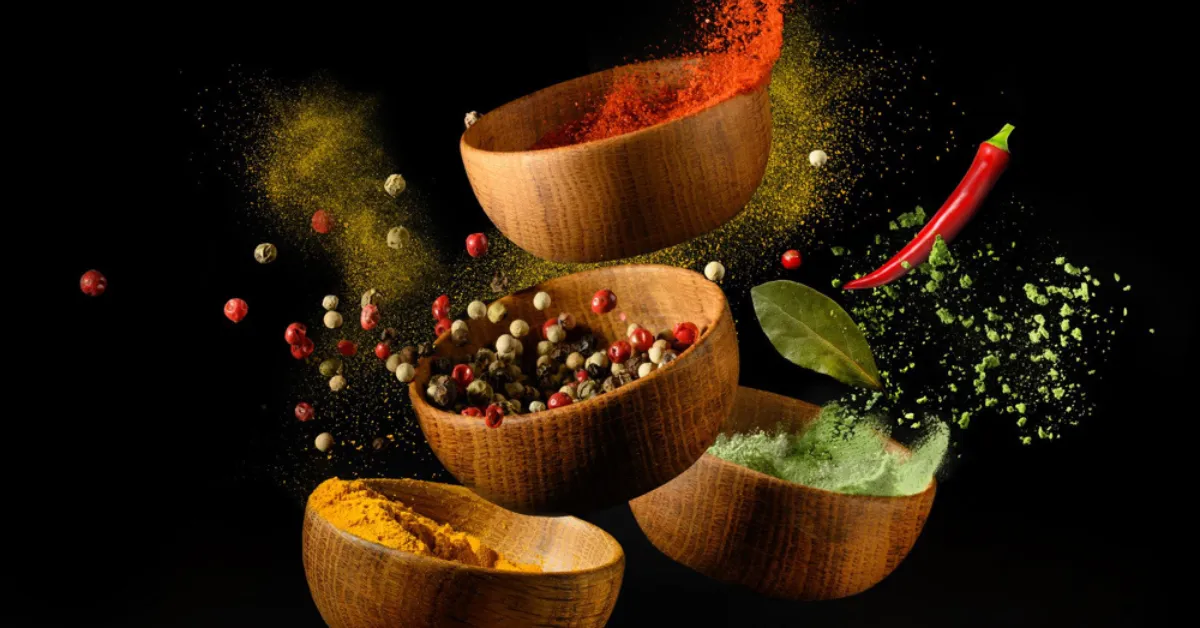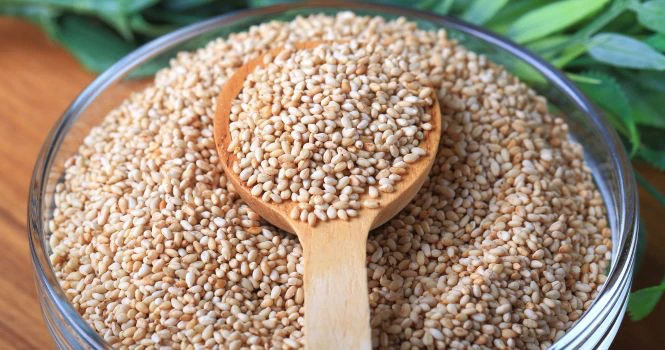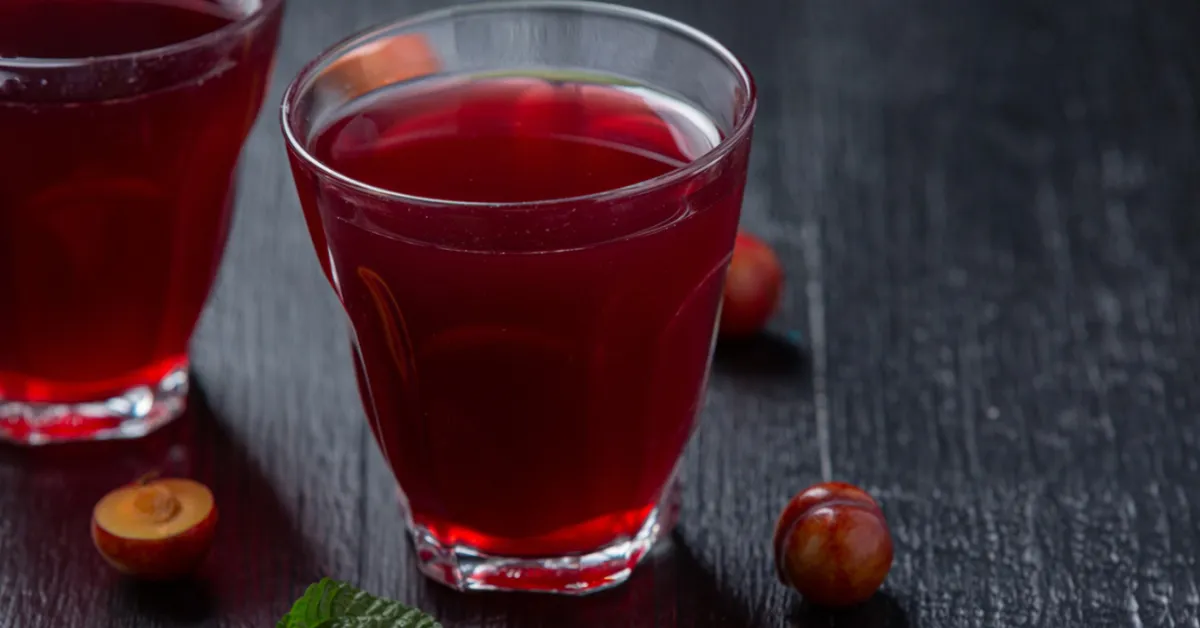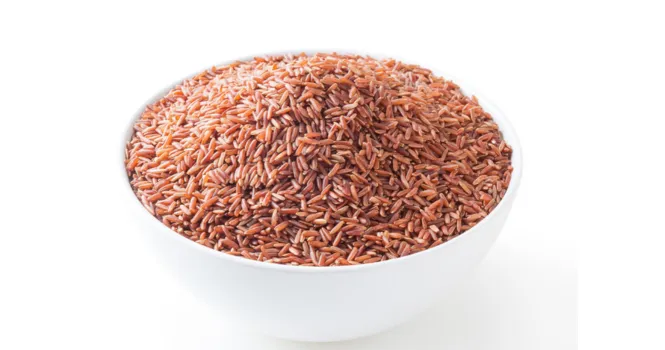A Comprehensive Guide to Millets Types and Their Benefits
Millets are a group of small-seeded grains that are widely grown around the world for food and fodder. They have been cultivated for thousands of years across diverse geographies.
From the arid lands of Africa to the sprawling plains of Asia, millets have been a staple food for many ancient civilizations.
These grains are prized for their resilience to harsh weather conditions, drought tolerance, and suitability for cultivation in less fertile soils. They play an essential role in food security, especially in regions with challenging growing conditions.
What are Millets called in different languages?
- Hindi : Millets are generally called “Bajra” (बाजरा). However, there are different types of millets, and they have different names in Hindi. For example, finger millet is known as “Ragi” or “Mandua” (रागी/मंडुआ).
- Kannada: The generic term for millets is “Siridhanya” (ಸಿರಿಧಾನ್ಯ). Finger millet, for instance, is called “Ragi” (ರಾಗಿ), and pearl millet is known as “Sajje” (ಸಜ್ಜೆ).
- Telugu: Millets are generally called “Sajjalu” (సజ్జలు). Finger millet is known as “Ragi” (రాగి), and foxtail millet is called “Korra” (కొర్ర).
- Spanish: In Spanish, millets are called “Mijo”. This term is used generically for various small-seeded grains.
- Portuguese: The term for millets is “Milho Alvo” or simply “Milho” (though “Milho” is also used for maize/corn) or “Painço” which is more specifically used for millets.
- Arabic: Millets are generally referred to as “Dhurra” (ذُرة) or “Bajra” (باجرا).
So they are a group of small-seeded grains. Now, let’s explore the Millets Types
From a Botanical Viewpoint, Millets include:
- Pearl Millet (Pennisetum glaucum)
- Finger Millet (Eleusine coracana)
- Foxtail Millet (Setaria italica)
- Proso Millet (Panicum miliaceum)
- Barnyard Millet (Echinochloa spp.)
- Kodo Millet (Paspalum scrobiculatum)
- Little Millet (Panicum sumatrense)
- Browntop Millet (Urochloa ramosa)
- Fonio (Digitaria exilis)
- Japanese Millet (Echinochloa esculenta)
Let’s explore one by one and understand their Health Benefits
Pearl Millet (Pennisetum glaucum):
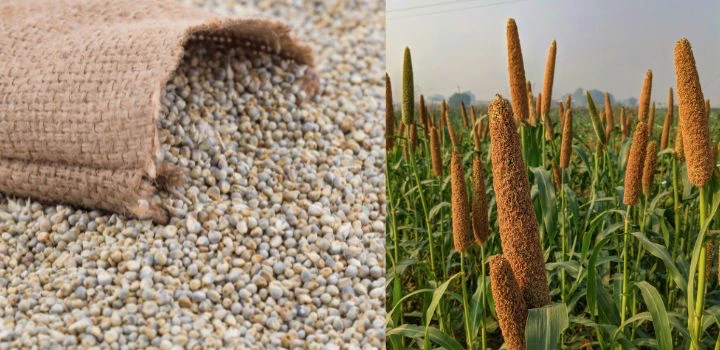
Bajra in Hindi and called as “Sajje” in Kannada which are used to make Sajje Rotis.
In Malayalam it is Kambam.
It is one of the most widely cultivated types of millet, particularly in arid and semi-arid regions of Africa and India.
Health Benefits of Pearl Millet (Pennisetum glaucum):
- Rich in magnesium, which is beneficial for heart health.
- High fiber content aids in digestion and helps in weight management.
- Contains iron which helps in preventing anemia.
Finger Millet (Eleusine coracana):
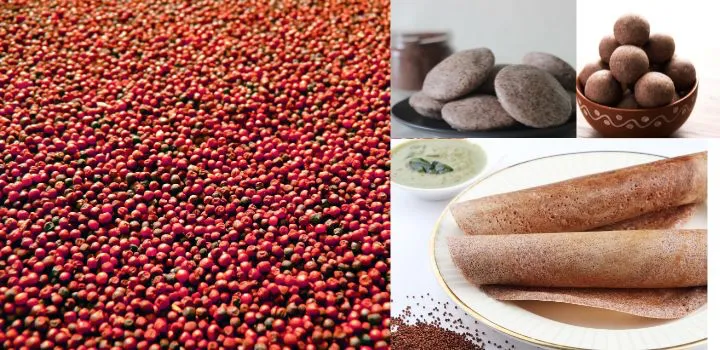
Also known as Ragi or Nachani, it is widely grown in the highlands of East Africa and India.
Health Benefits of Finger Millet (Eleusine coracana):
- Exceptionally high in calcium, which is essential for bone health.
- Contains antioxidants that help combat oxidative stress.
- High in amino acids and is believed to help in controlling blood sugar levels.
Foxtail Millet (Setaria italica):
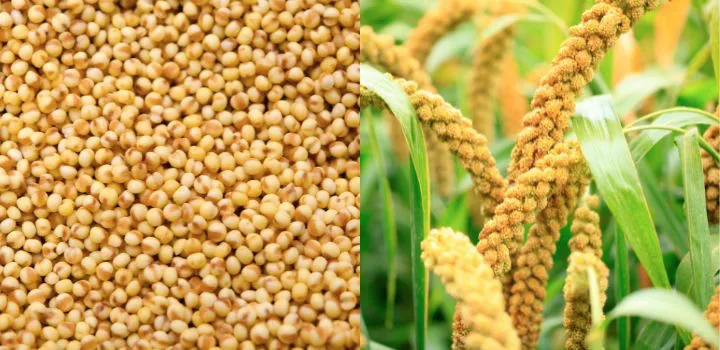
Foxtail millet is called “Kangni” or “Kakum” in Hindi and “Navane” in Kannada
It is grown in China and India and is used to make traditional foods. It is also grown in parts of Europe and North America.
Health Benefits of Foxtail Millet (Setaria italica):
- Contains a good amount of protein compared to other millets.
- High in iron content, beneficial for preventing anemia.
- Contains niacin (Vitamin B3) which can be beneficial in lowering cholesterol levels.
Proso Millet (Panicum miliaceum):
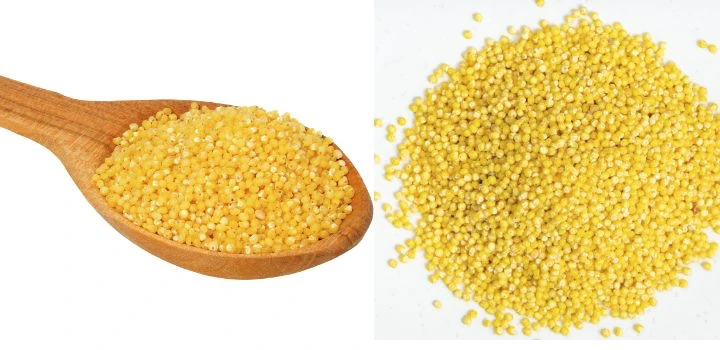
Proso millet is called “Chena” or “Barri” in Hindi, and “Baragu” in Kannada.
Also known as common millet, it is cultivated in parts of Eastern Europe, Russia, and Asia.
Health Benefits of Proso Millet (Panicum miliaceum):
- Low in glycemic index, making it beneficial for blood sugar control.
- High in antioxidants which may help in reducing inflammation.
- Contains significant amounts of phosphorus, beneficial for bone health.
Barnyard Millet (Echinochloa spp.):
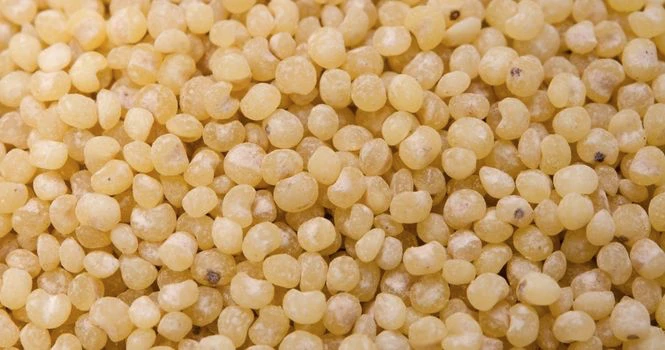
Barnyard millet is called “Sanwa” or “Jhangora” in Hindi, and “Oodalu” in Kannada.
It’s a fast-growing millet that’s used as both human food and animal fodder.
Health Benefits of Barnyard Millet (Echinochloa spp.):
- High in fiber content which helps in digestion.
- Contains a good amount of iron and vitamin B6.
- Low in calories and carbohydrates compared to other grains, making it a good option for weight management.
Kodo Millet (Paspalum scrobiculatum):
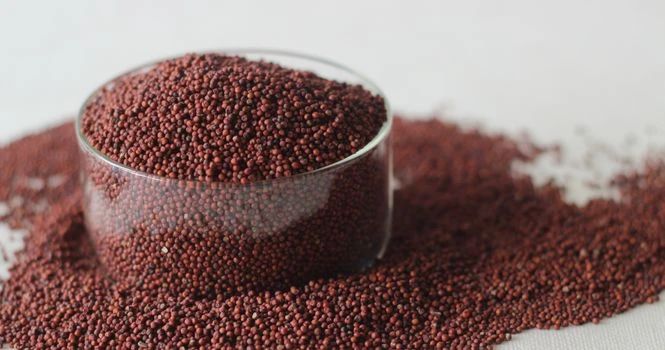
Kodo millet is called “Kodon” in Hindi, “Harka” in Kannada, and “mijo kodo” in Spanish. Similar to the case with barnyard millet, the term “mijo” is general in Spanish and can refer to various types of millet.
It is primarily grown in India and parts of Africa.
Health Benefits of Kodo Millet (Paspalum scrobiculatum):
- Helps in reducing the risk of type 2 diabetes due to its high phytochemical content.
- High fiber content aids in digestion and weight management.
- Good source of B-vitamins, particularly B6 and folic acid.
Little Millet (Panicum sumatrense):
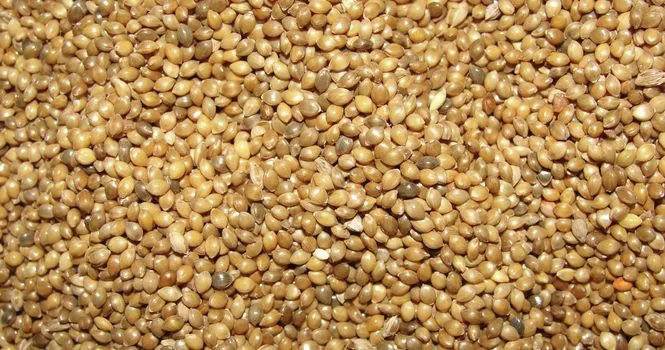
Little millet is called “Kutki” or “Shavan” in Hindi, “Samai”, “Saame” or “Same” in Kannada, and in Spanish, it is generally referred to as “mijo pequeño” (which translates to ‘little millet’). As previously mentioned, “mijo” is a general term for millet in Spanish.
It is similar to proso millet and is grown mainly in India.
Health Benefits of Little Millet (Panicum sumatrense):
- Contains high amounts of magnesium, potassium, and zinc.
- Beneficial for detoxification due to its antioxidant properties.
- Contains essential fats that are good for body health.
Browntop Millet (Urochloa ramosa):
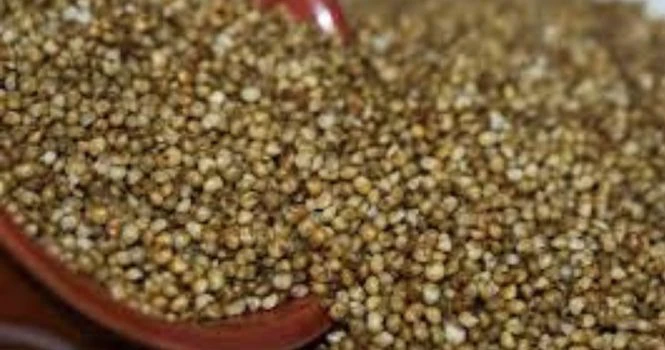
Browntop millet is called “Korle” in Hindi, “Korale” in Kannada, and in Spanish, it can be referred to as “mijo de punta marrón” (which translates to ‘browntop millet’). Again, “mijo” is a general term for millet in Spanish.
It is grown in parts of India and serves as fodder as well as human food.
Health Benefits of Browntop Millet (Urochloa ramosa):
- Rich in antioxidants and beneficial phytochemicals.
- High in dietary fiber, aiding in digestion.
- Contains a good amount of magnesium and potassium.
Fonio (Digitaria exilis):
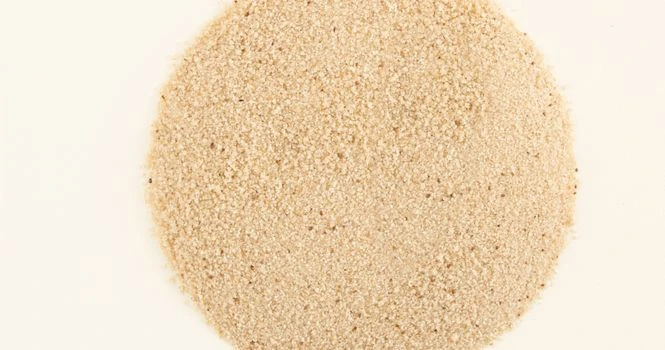
it’s likely to be referred to by its international name “Fonio”.
This is a type of millet cultivated in West Africa and is known for its small grains.
Health Benefits of Fonio (Digitaria exilis):
- High in amino acids, especially methionine and cysteine, which are often deficient in other grains.
- Gluten-free, making it suitable for those with celiac disease or gluten sensitivity.
- Quick-cooking and easily digestible.
Japanese Millet
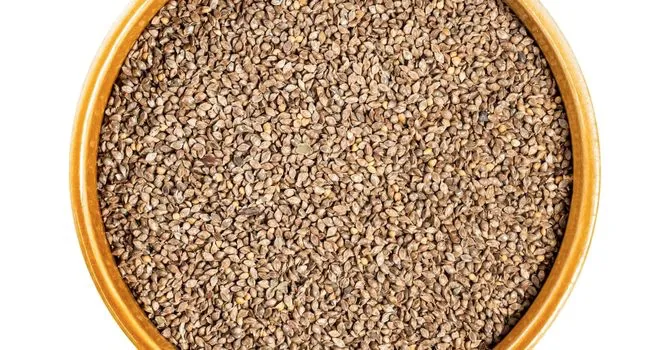
Japanese millet is not a traditional grain in India, so it is likely to be referred to by its international name “Japanese millet” or a variation of it in Hindi and Kannada.
These are the primary types of millets classified botanically.
Health Benefits of Japanese Millet (Echinochloa esculenta):
- High in fiber which helps in digestion and weight management.
- Contains a good amount of calcium and iron.
- It has antioxidant properties due to the presence of polyphenols and phytic acid.
Remember, Teff (Eragrostis tef) and Job’s Tears (Coix lacryma-jobi) and Jowar ( Sorghum) are sometimes grouped with millets due to their similar uses, but they are not true millets botanically.
Teff (Eragrostis tef):
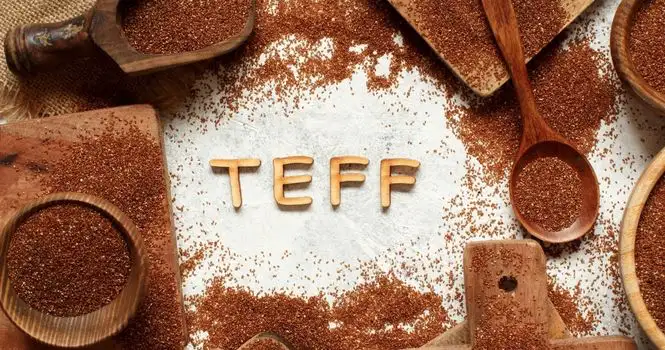
Teff is predominantly an Ethiopian grain and is not traditionally grown or consumed in India or Spanish-speaking countries. Therefore, it’s commonly referred to by its international name “Teff” in various languages.
While it is sometimes considered a type of millet, teff is technically different but has a similar profile and usage.
Health Benefits of Teff (Eragrostis tef):
- Gluten-Free: Teff is naturally gluten-free, making it suitable for people with celiac disease or gluten sensitivities.
- High in Fiber and Protein: It is high in dietary fiber and contains a decent amount of protein, making it a filling grain that can help with weight management.
- Rich in Minerals: Teff is rich in minerals such as iron, calcium, and magnesium, which are essential for bone health and blood production.
Job’s Tears (Coix lacryma-jobi):
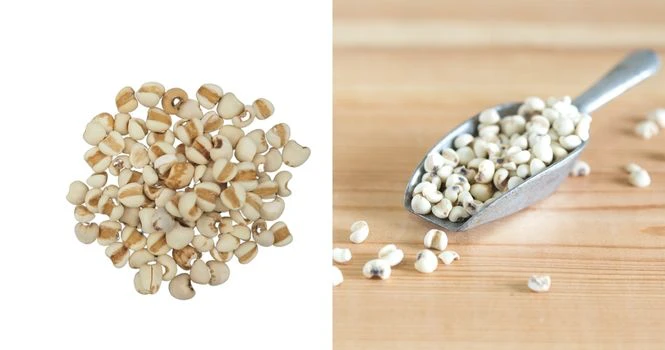
In Hindi, Job’s Tears is often called “Sanwa” or “Gurgur”.
Kannada, it is called “Sarvapullu”.
In Spanish, Job’s Tears is usually referred to as “Lágrimas de Job” or simply “Lágrimas”.
It’s not a true millet, but is often categorized with millets because of its similar uses and characteristics.
Health Benefits of Job’s Tears (Coix lacryma-jobi):
- Anti-Inflammatory Properties: Job’s Tears has been traditionally used for its anti-inflammatory properties and may be beneficial in conditions such as arthritis.
- Rich in Dietary Fiber: The grain is high in dietary fiber, which can help in digestion and may lower the risk of developing chronic diseases.
- Antioxidant Properties: Job’s Tears contains several antioxidant compounds, which can help protect the body from oxidative stress and inflammation.
Jowar or Sorghum:
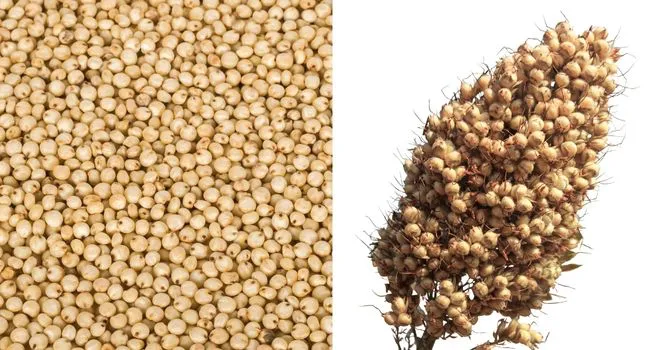
Jowar, which is also known as Sorghum, is called:
- In Hindi: “Jowar” (ज्वार) or “Jowari” (जोवारी).
- Kannada: “Jola” (ಜೋಳ).
- Spanish: “Sorgo”.
Botanically, sorghum is not classified as a millet. It is a part of the grass family Poaceae and is closely related to corn and maize.
Health Benefits of Jowar or Sorghum (Sorghum bicolor):
- Rich in Nutrients and Antioxidants: Jowar is a powerhouse of nutrients including B vitamins, especially niacin, thiamin, and riboflavin, and minerals such as magnesium, iron, copper, calcium, phosphorus, and potassium. It also contains various antioxidants like polyphenols, tannins, and flavonoids.
- Gluten-Free: Like teff, jowar is also gluten-free and can be an excellent alternative to wheat for those who are gluten-intolerant.
- Good for Heart Health: The fiber and nutrients in jowar are beneficial for heart health. The magnesium in jowar can help in regulating blood pressure, while the fiber can help in reducing LDL cholesterol levels.
Frequently Asked Questions
What Happens If We Eat Millets Daily?
Eating millets daily can have several health benefits due to their high nutritional content. Millets are rich in fiber, vitamins, and minerals.
Including them in your daily diet can improve digestion, help in weight management, and reduce the risk of chronic diseases like diabetes and heart disease.
Remember, excessive consumption without variety might lead to nutritional imbalances. It’s best to consume millets as part of a balanced diet.
Which Millet Is Best for Health?
Different millets have different nutritional profiles, so the “best” millet can vary depending on individual health needs.
For example, finger millet (ragi) is high in calcium, making it good for bone health, while foxtail millet is known to be good for blood sugar control. It is advisable to include a variety of millets in your diet to get a range of nutrients.
Which Is Better: Oats or Millet?
Both oats and millets are nutritious grains that can be part of a healthy diet. Oats are higher in soluble fiber, which can be beneficial for heart health and lowering cholesterol, while millets are usually gluten-free and can be richer in certain vitamins and minerals.
The choice between oats and millet may depend on personal preference, dietary needs, and health goals.
Is Millet Carbohydrate or Protein?
Millet is primarily a carbohydrate, as it is a grain. However, it also contains a moderate amount of protein. For example, one cup of cooked millet contains about 20 grams of carbohydrates and 6 grams of protein.
Will Millets Increase Weight?
Consuming millets in moderation as part of a balanced diet is not likely to cause significant weight gain. However, like any food, consuming millets in excessive quantities without considering the overall caloric intake and expenditure can contribute to weight gain.
Which Millet Is Good for the Kidney?
For individuals with kidney issues, it’s important to monitor the intake of certain nutrients like potassium and phosphorus.
Barnyard millet is considered to have relatively lower amounts of potassium and phosphorus compared to other millets, making it more suitable for those with kidney issues.
However, it’s crucial to consult your doctor for personalized dietary advice, especially in cases of chronic kidney disease.
How Many Carbs Are in 100 Grams of Millet?
Approximately 100 grams of cooked millet contains around 20 to 23 grams of carbohydrates.
Does Millet Cause Gas?
Millets are high in fiber, and for some individuals, a sudden increase in fiber intake can cause gas or bloating. This is especially true if one is not accustomed to eating high-fiber foods. Gradually introducing millets into the diet and drinking plenty of water can help mitigate these effects.
What Are the Side Effects of Millet?
While millets have many health benefits, there can be some side effects when consumed in excessive amounts or for certain individuals:
- Some millets, like pearl millet, may contain goitrogens, which can interfere with thyroid function if consumed in large quantities.
- As mentioned earlier, the high fiber content can cause bloating or gas in some individuals.
- Millets also contain antinutrients like phytic acid, which can reduce the absorption of minerals. Soaking or fermenting millets before cooking can help reduce these antinutrients.
What Is the Best Time to Eat Millets? Can I Eat Millets at Night?
Millets can be eaten at any time of the day as part of a balanced diet. They are often used as a substitute for rice or wheat and can be included in meals or snacks.
Eating millets at night is generally fine, but it’s best to avoid large meals close to bedtime as this can sometimes disturb sleep.
Who Should Not Eat Millet?
Individuals with thyroid disorders should be cautious with consuming certain millets like pearl millet in large quantities due to their goitrogen content. Also, anyone with specific food allergies or sensitivities should consult a healthcare professional before introducing new grains like millets into their diet.
Which Are the 5 Positive Millets?
The term “positive millets” is sometimes used to describe millets that are particularly nutrient-dense and beneficial for health. Five commonly cited examples are:
- Finger millet (ragi)
- Foxtail millet
- Barnyard millet
- Little millet
- Kodo millet
What Are 5 Benefits of Millets?
Here are five health benefits of consuming millets:
- Rich in Nutrients: Millets are packed with vitamins and minerals including magnesium, phosphorus, iron, and B vitamins.
- High in Fiber: Helps in digestion and can prevent constipation.
- Antioxidant Properties: Contains phytochemicals that have antioxidant properties.
- Heart Health: Consuming millets can be good for your heart as they contain essential fats, magnesium, and potassium.
- Gluten-free: Ideal for people with gluten intolerance or celiac disease.
Which Millet Is Rich in B12?
Vitamin B12 is generally not found in plant-based sources, including millets. It is primarily found in animal products such as meat, fish, dairy, and eggs.
People who follow a vegetarian or vegan diet might need to rely on fortified foods or supplements for vitamin B12.
Which Millet Is Superfood?
The term “superfood” is often used to describe foods with high nutrient density and health benefits. Among millets, finger millet (ragi) is often considered a superfood due to its high calcium content and antioxidant properties.
Quinoa, though not a millet but a pseudo-cereal, is also often labeled as a superfood.
Which Is Better: Millet or Jowar?
Both millet and jowar (sorghum) are nutritious grains and can be part of a healthy diet. The choice between millet and jowar might depend on personal preference and specific health needs.
For example, finger millet is high in calcium, while jowar is relatively high in protein. Including a variety of grains in your diet can provide a broader spectrum of nutrients.
Which Millet Is Protein Quality?
Among the millets, foxtail millet and proso millet are considered to have a relatively higher protein content compared to others.
However, it’s important to note that millets, in general, are not complete sources of protein as they do not contain all the essential amino acids in sufficient quantities.
Combining them with other protein sources like legumes can help achieve a more balanced amino acid profile.
What Are the Deficiency Symptoms in Millet?
If you are referring to nutritional deficiencies that can be caused by relying too heavily on millets without a varied diet, then some symptoms might include those associated with a lack of iodine (if consuming millets high in goitrogens), or mineral deficiencies due to antinutrients in millets which can interfere with the absorption of minerals like calcium and iron.
Which Millet Has Vitamin D?
Vitamin D is generally not found in millets or most other plant-based sources. It is mainly obtained through exposure to sunlight, and it’s also found in certain animal-based foods like fatty fish and fortified dairy products.
For people with limited sun exposure or dietary sources, vitamin D supplements might be recommended.
What Happens When You Start Eating Millets?
When you start including millets in your diet, you may notice several changes:
– Improved digestion due to the high fiber content.
– A feeling of fullness which may help in weight management.
– Potential improvement in blood sugar levels due to the low glycemic index of millets.
– For some people, an increase in gas or bloating initially, as the digestive system adjusts to the increased fiber intake.
What Is the Right Way to Eat Millets?
Millets can be incorporated into the diet in various ways:
- Always rinse millets thoroughly before cooking.
- They can be cooked and used as a substitute for rice or other grains.
- Ground into flour and used for baking or making traditional dishes.
- Soaking or fermenting millets before cooking can help in reducing antinutrients and
improving nutrient absorption.
Why Do You Soak Millet Overnight? Can We Eat Millets Without Soaking?
Soaking millet overnight helps in softening the grains, reducing cooking time, and breaking down the antinutrients, which makes it easier for the body to absorb the nutrients.
While soaking is beneficial, millets can be cooked without soaking, though the cooking time may be longer and the texture might be slightly different.
Will Millets Increase Thyroid?
Some millets, particularly pearl millet, contain goitrogens which can interfere with thyroid function if consumed in large quantities.
For individuals with thyroid disorders, it’s advisable to consume millets in moderation and consult a healthcare professional for personalized dietary advice.
Is Millet Heat or Cold?
In traditional medicine, different millets are sometimes thought to have varying thermal properties. For example, in Ayurveda, finger millet (ragi) is considered to have cooling properties, while other millets might be considered neutral or warming.
However, these properties are based on traditional beliefs and not on scientific classification.
Is It Good to Mix All Millets and Eat?
Mixing different types of millets can be a good way to get a variety of nutrients, as each type of millet has its own nutritional profile. Combining them can also add different textures and flavors to your dishes. However, it’s still important to consume millets as part of a balanced diet with a variety of other foods.
Sources
- https://pubmed.ncbi.nlm.nih.gov/30969135/
- https://www.ncbi.nlm.nih.gov/pmc/articles/PMC8871339/
- https://pdf.usaid.gov/pdf_docs/PNAAC271.pdf
- Glycemic index https://classic.clinicaltrials.gov/ct2/show/NCT02075788
- Foxtail millet https://genome.jgi.doe.gov/portal/Foxmilitalgenome_2/Foxmilitalgenome_2.info.html
- Images from Canva Pro
![]()
